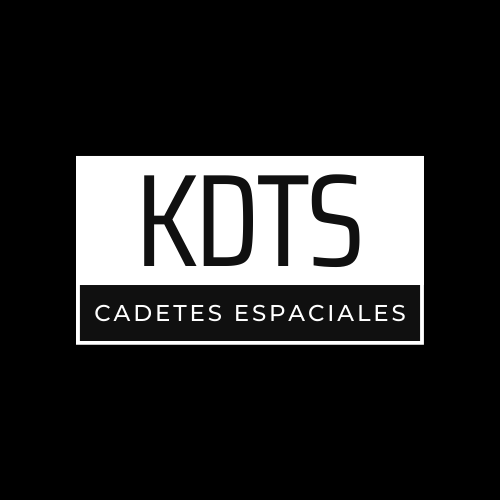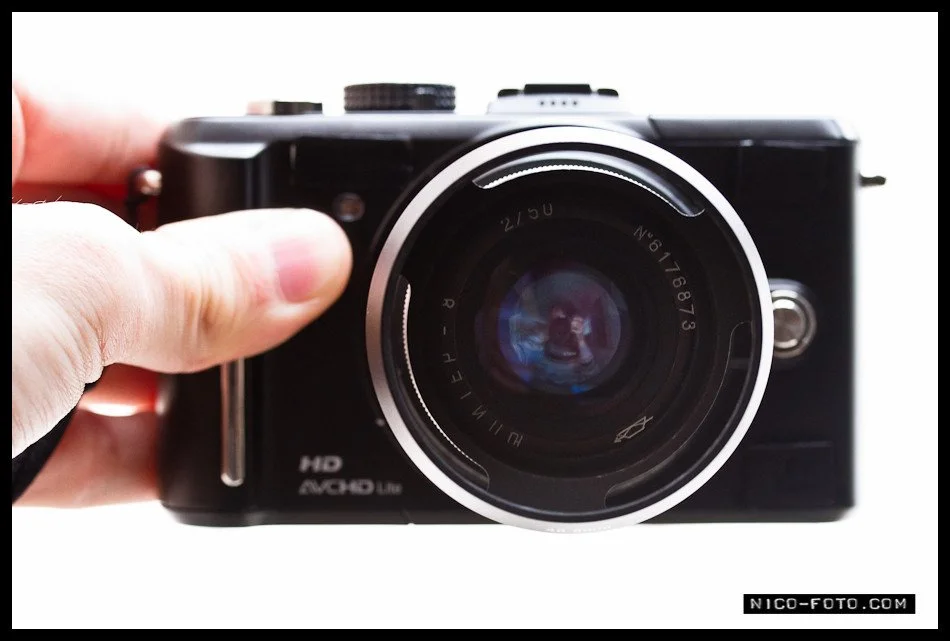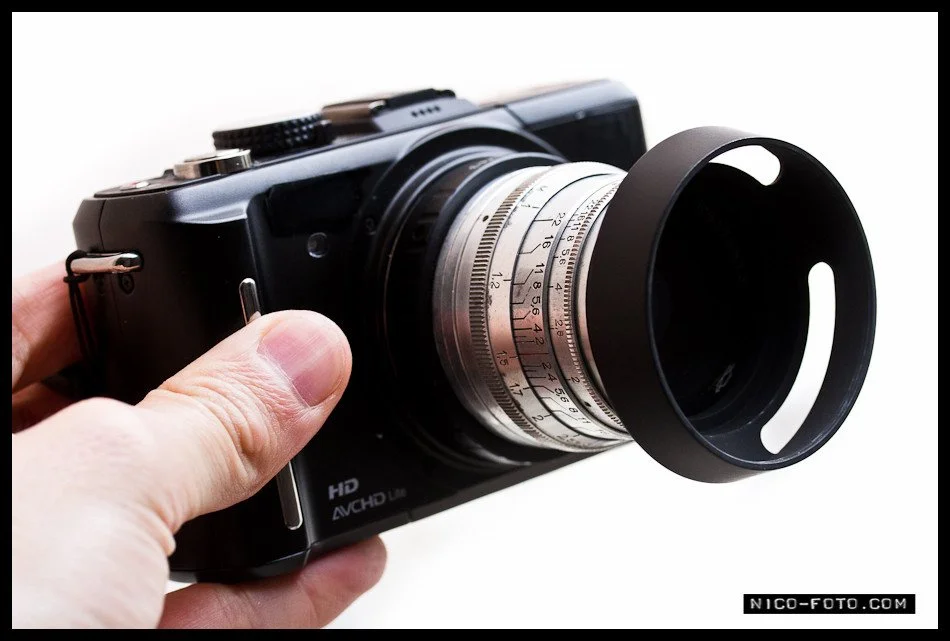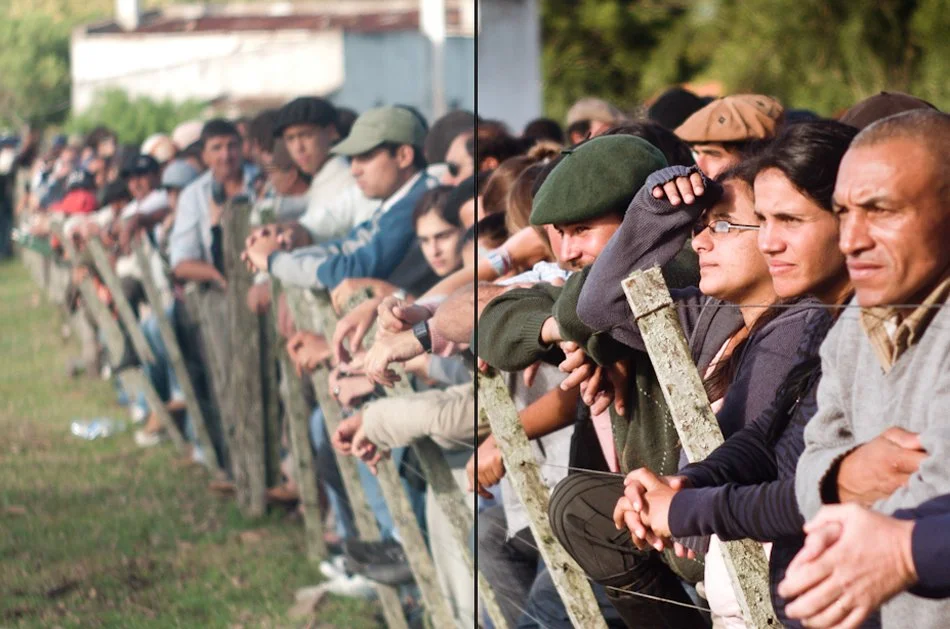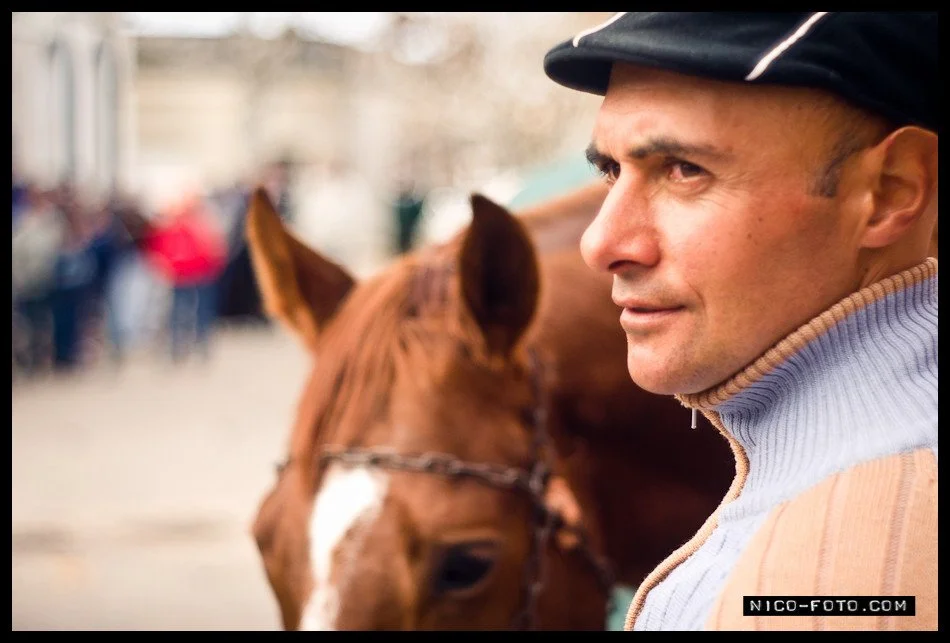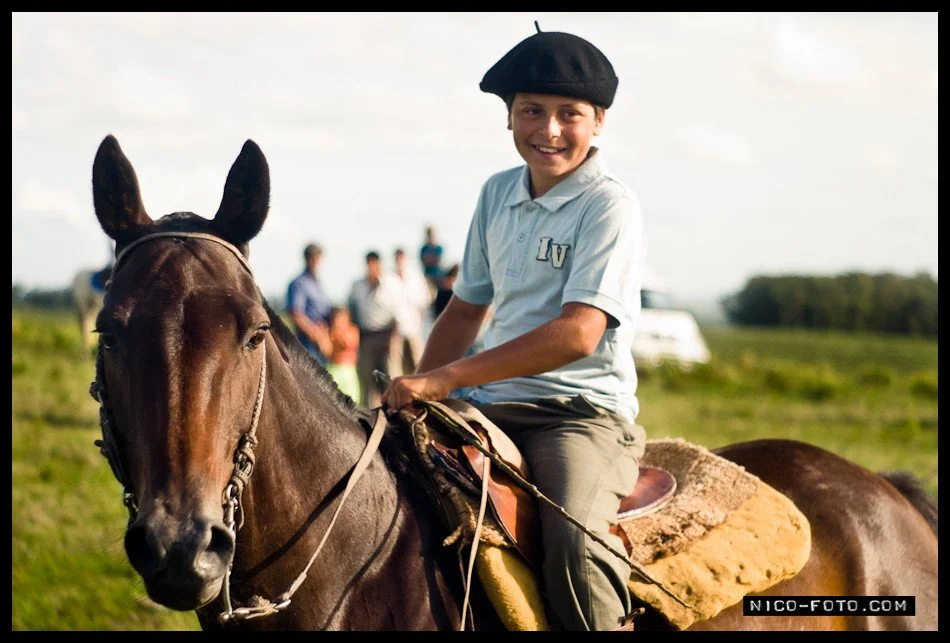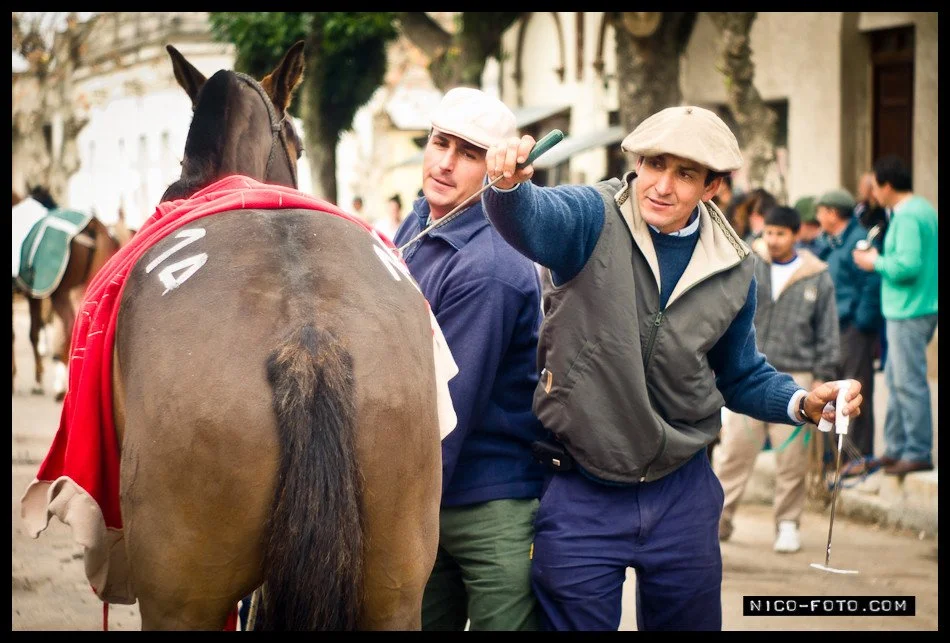Jupiter 8
The Jupiter 8 50mm f/2, a Zeiss Sonnar clone from the former Soviet Union. If you’re into experimentation, manual focus lenses, or just enjoy “vintage” gear, it might just be the ticket for m43!
SOVIET RETRO AT ITS BEST
The Jupiter 8 50mm f/2, a Zeiss Sonnar clone from the former Soviet Union. If you’re into experimentation, manual focus lenses, or just enjoy “vintage” gear, at around $50 it is a bargain, and can be easily found on ebay.
It has that cool Soviet era retro look, with engraved cyrillic characters and the KMZ logo that make you dream of cosmonauts, spies, Lada cars, and cold war paranoia as well, but let’s not think about that for a moment.
Jupiter 8 on a Panasonic GF1 Micro Four Thirds camera
This is a review from a photographer’s perspective. Forget about charts, brickwall photos or artificial studio shots and technical details – there’s people that can do that much better than I do. My goal is to convey the feeling of using this gear in the real world, and what elements it might add to your imaging palette.
DESIGN AND HANDLING
Like most rangefinder lenses it is quite compact, and matches Micro Four Thirds cameras nicely. The J-8 is known for being quite prone to flare, that makes the lens hood a must. Lens, L39 to m43 adapter and hood are around 8cm deep – not pancake sized but not that terrible either.
As requested by fellow photographers: I got my lens from artemstore in ebay, the adapter is from rainbowimaging.
Jupiter 8 on a Panasonic GF1 Micro Four Thirds camera
My copy has smooth aperture and focus rings, but none of them have click stops, so when out shooting I found myself checking those settings from time to time, if only to make sure they were where they should be. The lens has a reassuring weight to it, without being heavy, and balances nicely on the GF1. For some reason when mounted on the camera, all the aperture, and distance markings that should be facing the upper plate ended up facing the camera’s right side. Funny. [Edit: the M39 to μ43 adapter has 3 screws that allow repositioning the lens – now my Jupiter 8 has all markings on top as it should be! Thanks to Tedolph at DP Review Micro Four Thirds forum for pointing this out.]
IN USE
Because of Micro Four Thirds crop factor of 2x, the venerable Jupiter 8 becomes something like a moderate tele at 100mm equivalent (in full frame terms). In reality, you don’t get quite the same compression or depth of field, due to the size of the sensor.
Pictures straight out of the camera have low contrast and look a bit washed out, I had to adjust the black point and contrast quite agressively to get an adequate result, and I believe that shows in the rather “compressed” tones of the pictures – you may like it or not, I accept that as part of the look.
Before and after postprocessing.
My intended use for the Jupiter 8 is mainly as a fast portrait lens with character. If you wonder what do i mean by character, well, think about the spies, lada cars and Sonnar heritage again ;). It renders images in a way you simply don’t get with current lenses, with all their corrections, exotic materials and software aided design. I would describe the pictures as having a lovely buttery, warm, tender feeling to them.
Portrait, Sarandí del Yí, Uruguay.
The flattering “glow” at f2 is great for people shots. The characteristic sonnar bokeh,although not that evident due to the crop factor, is generally very pleasant and buttery, displaying a gentle transition from in-focus to blur. It can get a bit busy if there are elements with lots of detail in the background, though.
Portrait, Sarandí del Yí, Uruguay.
Manually focusing a lens this long requires practice. Judging focus using the camera’s LCD is not an exact science, and even with the GF1 focusing magnification, it’s easy to get the shot just that tiny bit off so as to ruin it. Moving subjects become a challenging proposition, and although focus can be nailed, it is an exercise in determination – or plain stubborness.
Portrait at the short races, Zapicán, Uruguay.
After some warm up I grew to like the challenge of using this vintage lens on my GF1 – In the future, I would like to try manual focusing with an EVF, I’m sure that would allow for less hit-and-miss.
Marking horses, Sarandí del Yí, Uruguay.
CONCLUSION
WHAT’S TO LIKE
The Jupiter 8 is a great bargain lens. It is full of character, renders beautiful images, and fits Micro Four Thirds cameras such as the Panasonic GF1 like a glove. Works great for portraits. It is hardly an instant gratification tool, rather, it demands a learning curve that must be endured – and that’s exactly why it can help you improve your photographic skills.
WHAT’S NOT TO LIKE
Manually focusing a 100mm equivalent lens is unwieldy, although with practice I’m sure the ratio of good shots improves. The lens is prone to flare, and the unprocessed images lack contrast, although after proper post processing they can look very special.
After class, Sarandí del Yí, Uruguay.
